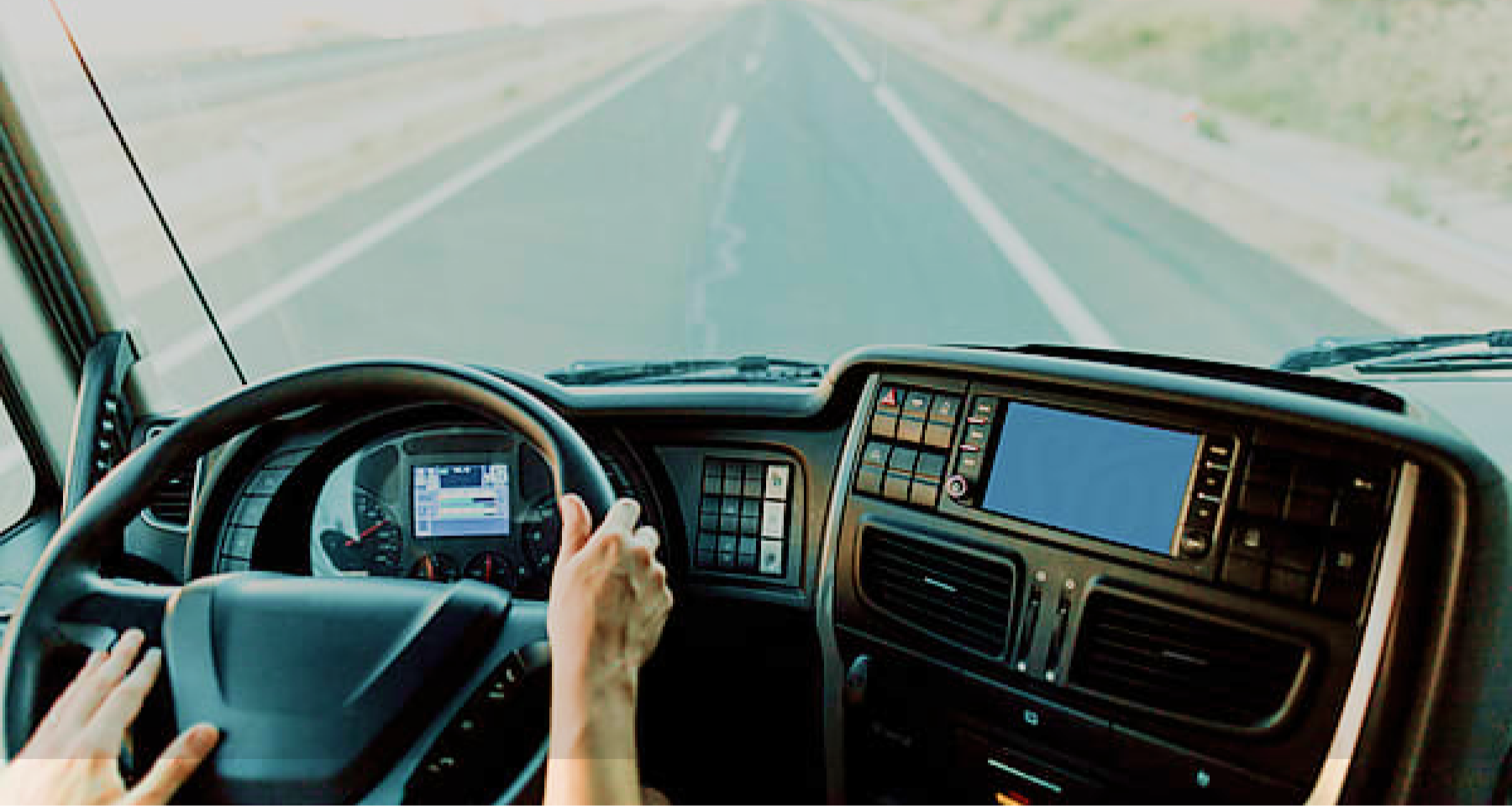Although we are not out of the woods yet, some of the practices adopted during the global pandemic will remain – and in many instances, that’s a good thing! Learn about COVID-safe practices that will forever stay in truck payments post-pandemic.
There’s no doubt the pandemic changed our way of life and profoundly transformed age-old practices virtually overnight. For instance, how lumper payments are made in trucking. The billion-dollar logistics industry had been paying lumper fees primarily with cash and checks for decades, but when challenged with a global pandemic, it brutally exposed how the industry had been adverse to modernizing its payment system over the past decades. The conventional paper trail payment system involved checks and cash being handed between several people, and it was notoriously marred by excessive wait times and revenue losses stemming from delays and lengthy reconciliation processes.
Not to mention this exchange of money was done person-to-person where it was impossible to adhere to any health guidelines related to COVID. So, shippers, carriers, and drivers were challenged to find a solution to replace the traditional way of processing payments when making over-the-road payments.
Luckily, the industry responded swiftly and efficiently by implementing COVID-safe practices that made the monetary transactions contactless and improved the end-to-end process on the dock. In fact, the switch to electronic payment proved to be so transformative that several practices are shaping the very future of a modernized logistics industry post-pandemic.
Contactless payments
With the onset of the pandemic, cash and checks became a potential health hazard, and for the trucking industry, the need for an entirely contactless payment form essentially broke a 50-year-old reliance on paper-based on-the-road payments. For the first time in decades, drivers and warehouses can pay lumpers with the same ease (and safety) as you would pay for something in a modern retail setting: with an app like Venmo or PayPal. Drivers are able to pay from the truck cab via their phone without accessing the warehouse.
Secure payments
Moving away from cash and checks and switching to instant, electronic payments adds an additional layer of security to the transaction. No money or checks are exchanging hands, which significantly reduces the risk of theft or fraud. When selecting your payment system, you should always check that it is SOC compliant, which is your guarantee for a trusted, financial organization. With a digital payment, the built-in security measures also account for an electronic receipt trail, so the transaction record never gets lost, and it’s always available for quick processing, reconciliation, and reimbursement.
Fast payments
In a world where margins are thin and timing is tight, the turnaround time at the dock door is vital and trickles down through all parts of the supply chain. Whether it is lost ROI, fewer doors turned, or adverse effects on Hours of Service, long wait times on dock equates to lost money for the warehouse, shipper, broker, and driver alike. The hassle of dealing with checks and cash, confirming amounts and money codes with phone calls, and waiting to get that reimbursable receipt is eliminated with an electronic transaction process. Lumpers are paid instantly, so they can unload quickly and move on to the next truck, drivers wait less time on dock so that they can get back on the road faster, and the reconciliation process from driver to shipper is swift and painless, ensuring that everyone gets paid quickly. With an electronic payment system, the wheels hit the road a lot faster (pun intended!), and the streamlined process maximizes operational efficiency throughout the supply chain while also improving relations throughout it.
In other words, there is simply no reason for you to be slowed down by cash and checks when you can adopt these simple practices that we learned during a global pandemic. Now, how’s that for light at the end of the tunnel!
Want to learn more about how Relay Payments can keep you moving and help you to a best-practice scenario when it comes to on-the-road payments? Get started by filling out this form or click below, and we will get in touch with you.

